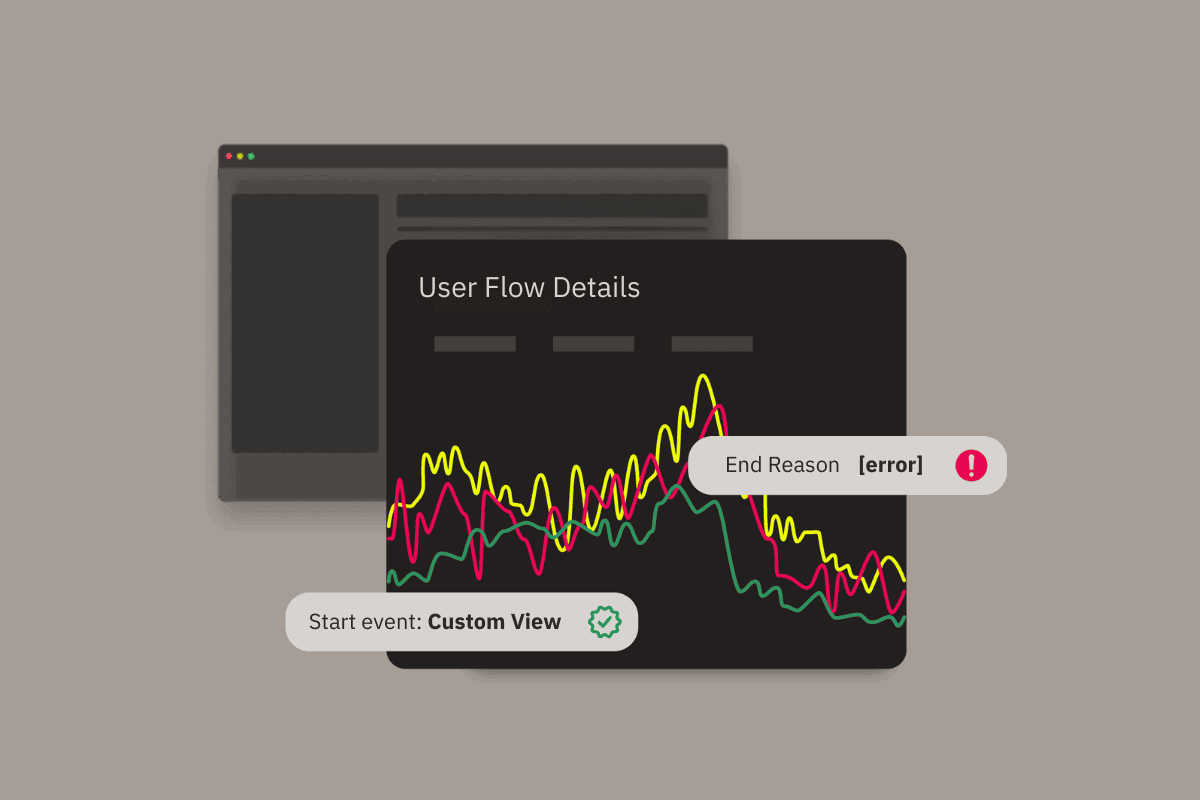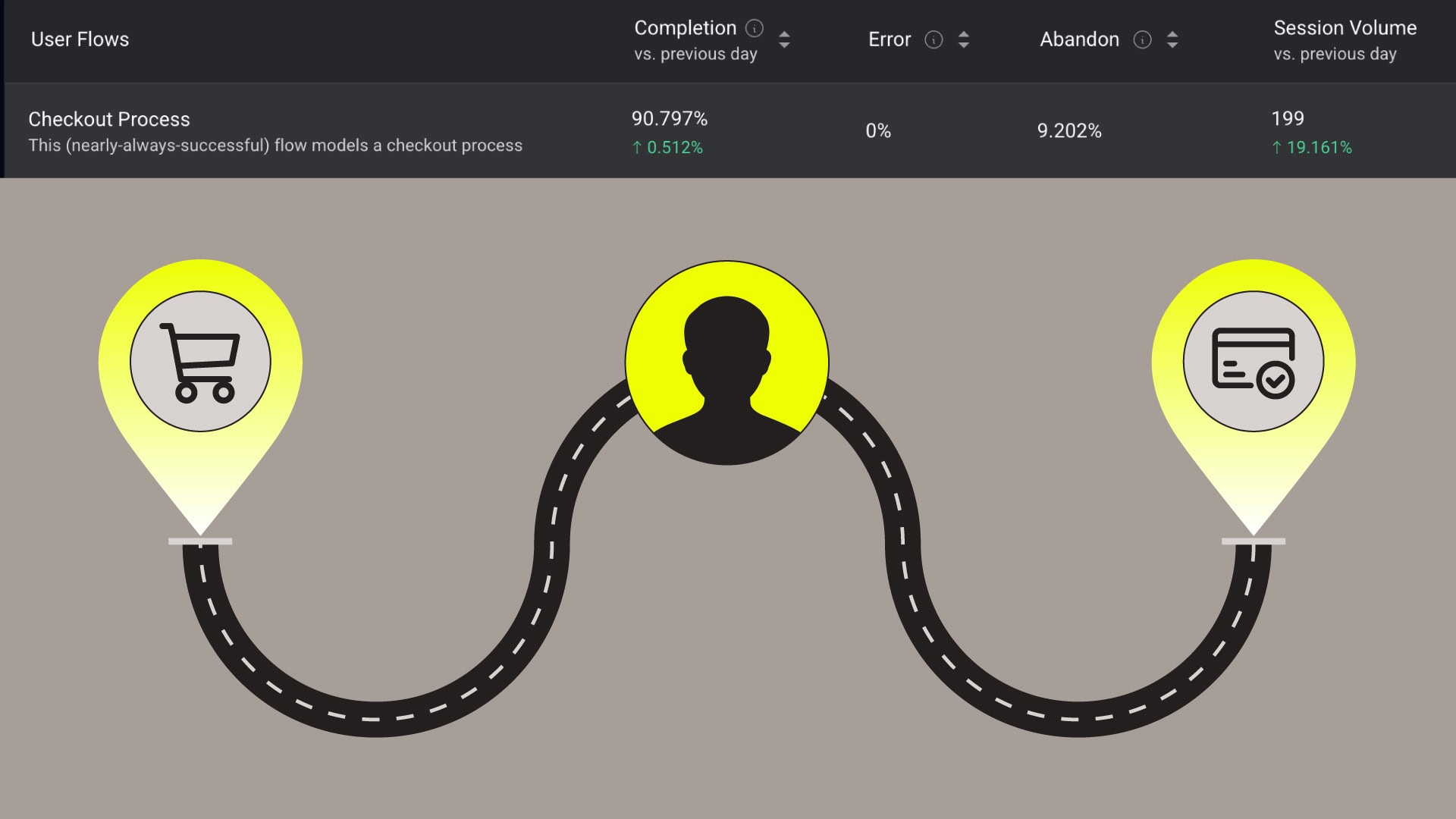
The focus on application reliability is shifting. It’s no longer enough to look solely at backend services and infrastructure metrics to understand “if things are working.”
Instead, performance and reliability in modern applications are defined by the user experience. In Embrace’s webinar, “Exploring User Journeys with Embrace,” our senior product manager Kasey Smith and developer relations engineer David Rifkin detailed how to build true user-facing reliability by connecting technical performance with behavioral insights.




